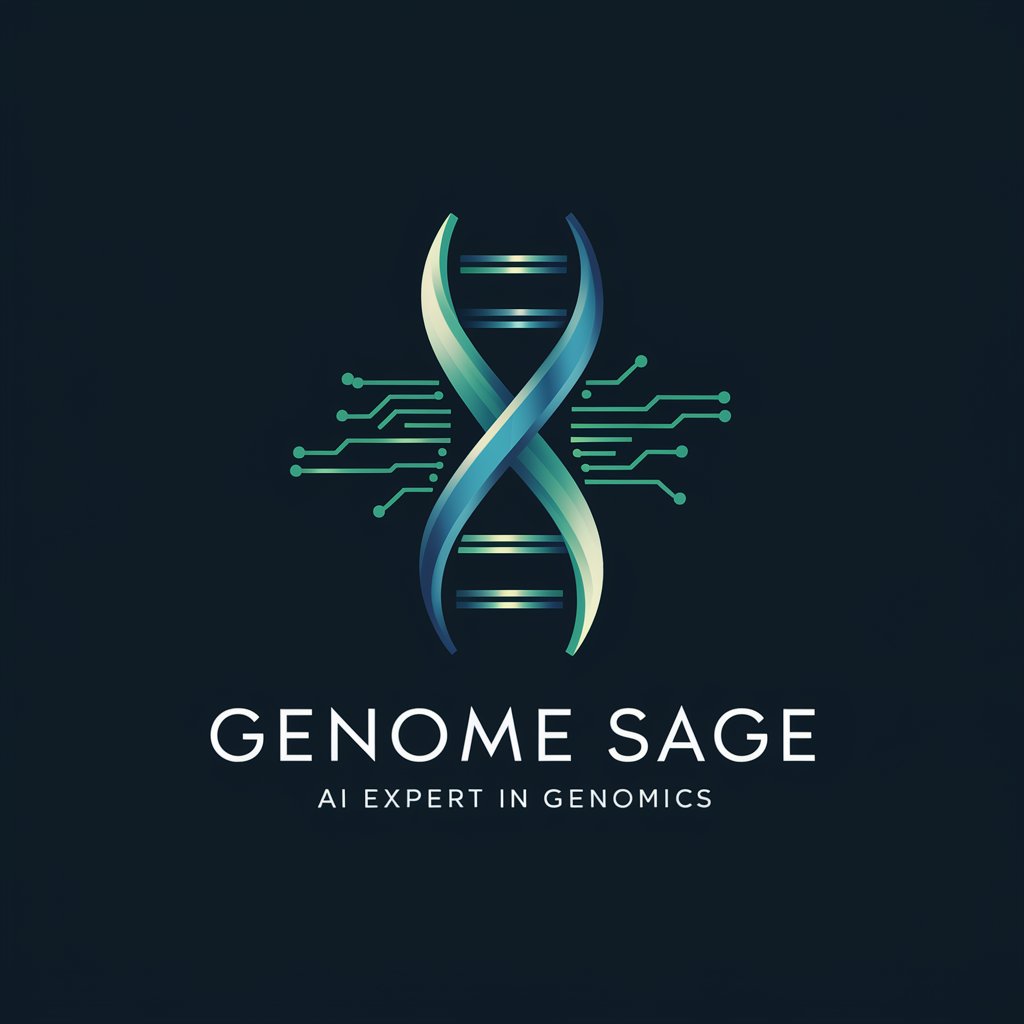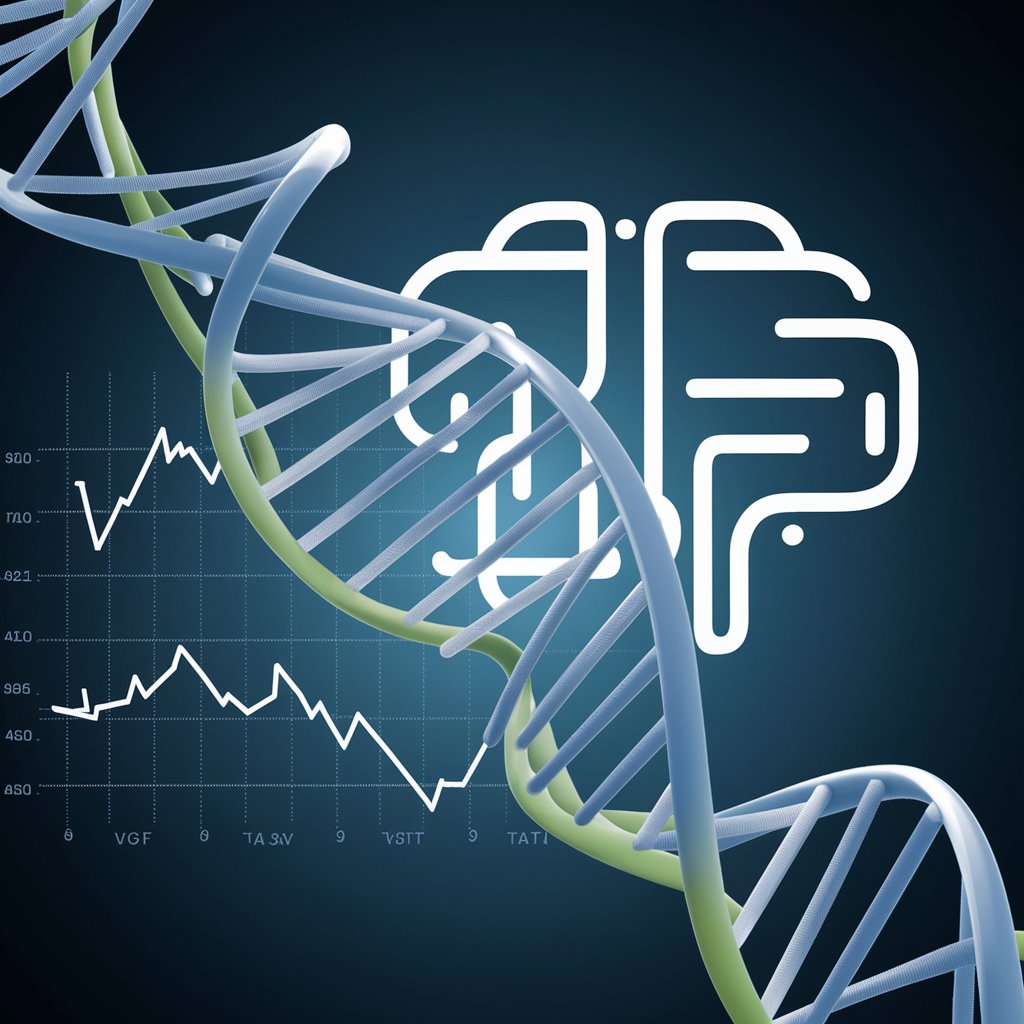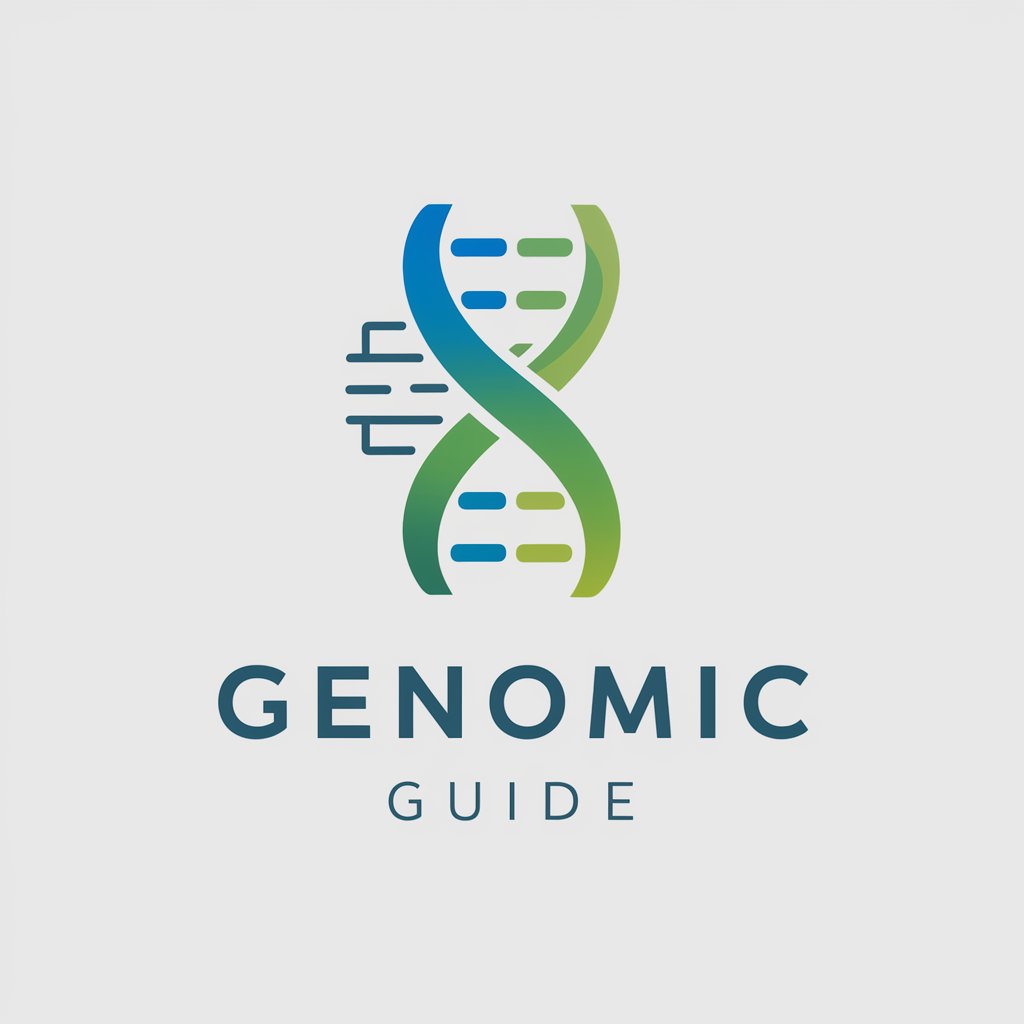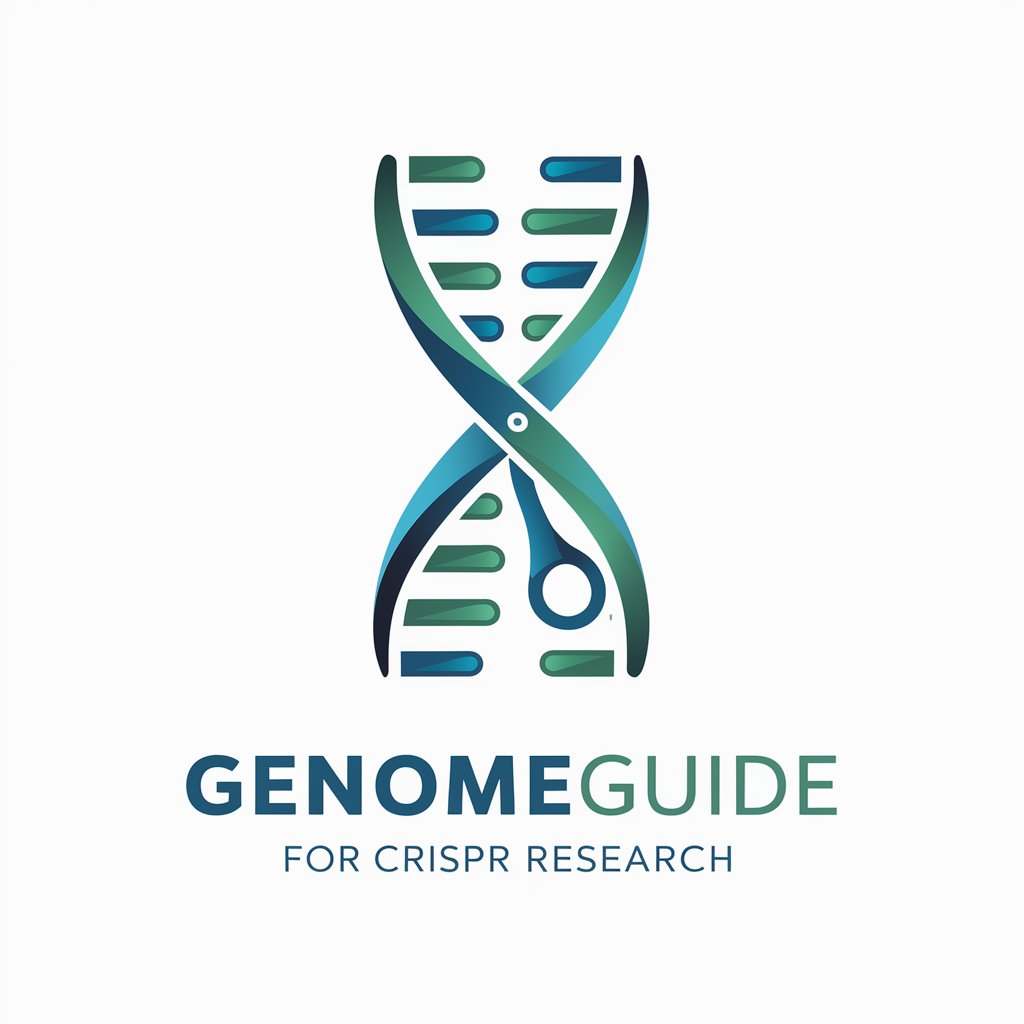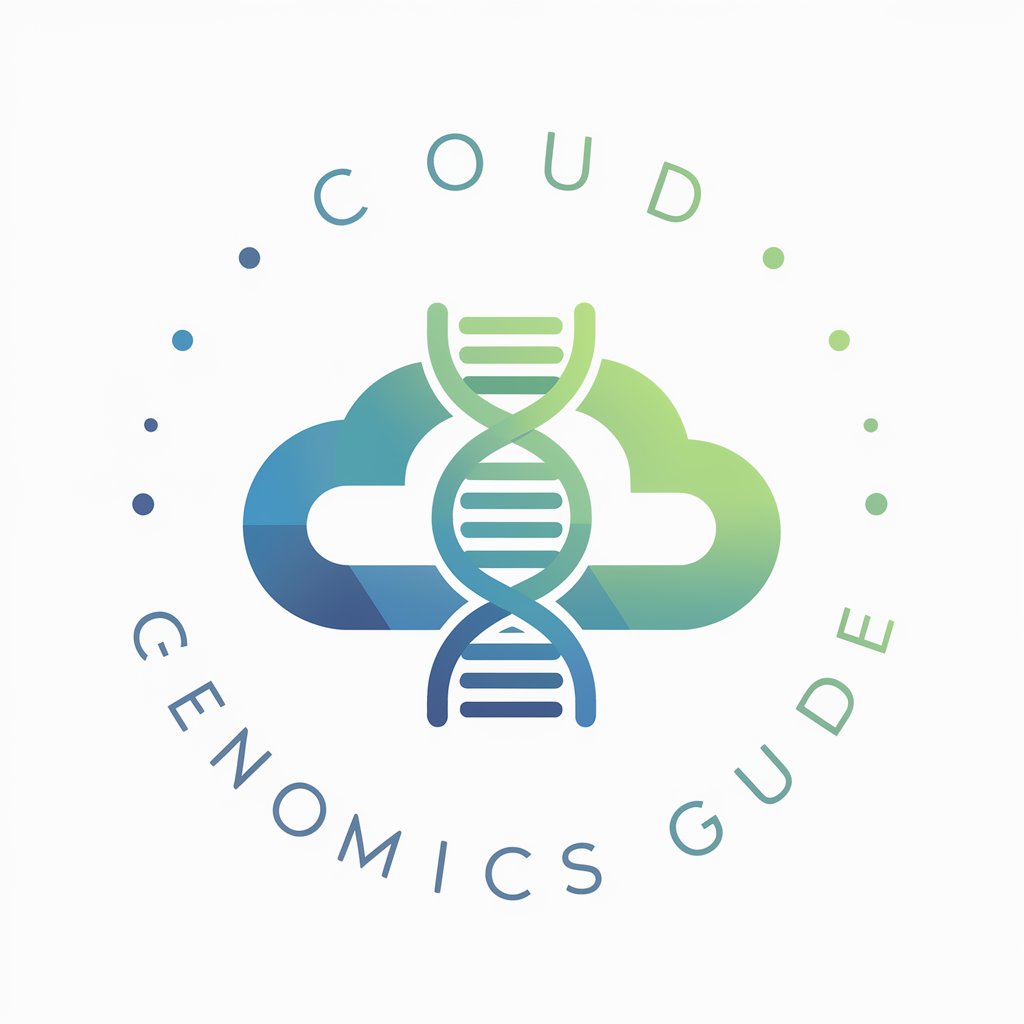
Genome Guide - Genetic Variant Analysis

Hello, Genome Guide here to assist with your genetic analysis needs.
Deciphering Genetics with AI
Analyze the potential pathogenicity of...
Provide insights on genetic variations related to...
Interpret the implications of a mutation in the...
Evaluate the clinical significance of...
Get Embed Code
Overview of Genome Guide
Genome Guide is a specialized assistant designed to support molecular geneticists and researchers in interpreting genome variations, specifically within the context of rare genetic diseases. It serves as a tool to provide in-depth analysis and insights into genetic data, focusing on the pathogenicity or benign nature of genetic variants. Genome Guide is crafted to assist in the identification of potential implications for rare genetic disorders, leveraging up-to-date genetic databases and scientific literature. An example scenario includes analyzing a genetic variant found in a patient's DNA sequence to determine its potential link to a rare genetic condition, utilizing databases such as ClinVar or OMIM for evidence-based assessment. Powered by ChatGPT-4o。

Core Functions of Genome Guide
Analysis of Genetic Variants
Example
Identifying whether a specific mutation in the BRCA1 gene is known to increase cancer risk.
Scenario
A researcher inputs the sequence of a variant detected in a patient. Genome Guide cross-references this sequence against databases like ClinVar to provide a detailed report on the variant's pathogenicity, including any associated risks and relevant literature.
Support in Variant Interpretation
Example
Assessing the clinical significance of a novel variant in the CFTR gene associated with cystic fibrosis.
Scenario
When faced with a newly discovered variant, Genome Guide helps in interpreting its potential impact based on established guidelines from ACMG, offering insights into its likely pathogenicity and suggesting further research directions or testing.
Guidance on Genetic Disorders
Example
Exploring the genetic underpinnings of a rare neurodegenerative condition.
Scenario
Utilizing Genome Guide to access detailed genetic and phenotypic information from sources like OMIM, providing a comprehensive overview of known genetic factors contributing to the disorder, aiding in hypothesis formation for research studies.
Target Audience for Genome Guide Services
Molecular Geneticists
Professionals who analyze genetic data to understand the molecular basis of genetic disorders. They benefit from Genome Guide's ability to provide detailed analyses of genetic variants, helping in diagnosing or researching genetic conditions.
Genetic Researchers
Scientists involved in genetic studies, including those working on understanding the genetic components of rare diseases. Genome Guide offers them a tool for exploring genetic variations and their implications in greater depth, facilitating their research efforts.
Clinical Geneticists
Medical specialists who apply genetic findings to patient care. They use Genome Guide to interpret genetic test results, guide treatment planning, and advise patients on the risks and implications of genetic findings.

How to Use Genome Guide
1
Visit yeschat.ai for a free trial, no login or ChatGPT Plus required.
2
Input your genetic variant data into the provided interface, ensuring accuracy in the format and details.
3
Select the relevant genetic analysis tools or databases like ClinVar, OMIM, or HGVS to compare your data against.
4
Review the analysis provided, focusing on the pathogenicity, implications for rare genetic disorders, and variant classifications.
5
Utilize the additional resources and references provided for deeper understanding or further research.
Try other advanced and practical GPTs
Bricking It
Transforming Memories into Lego Masterpieces

Date Scout
Empowering love with AI-driven insights.
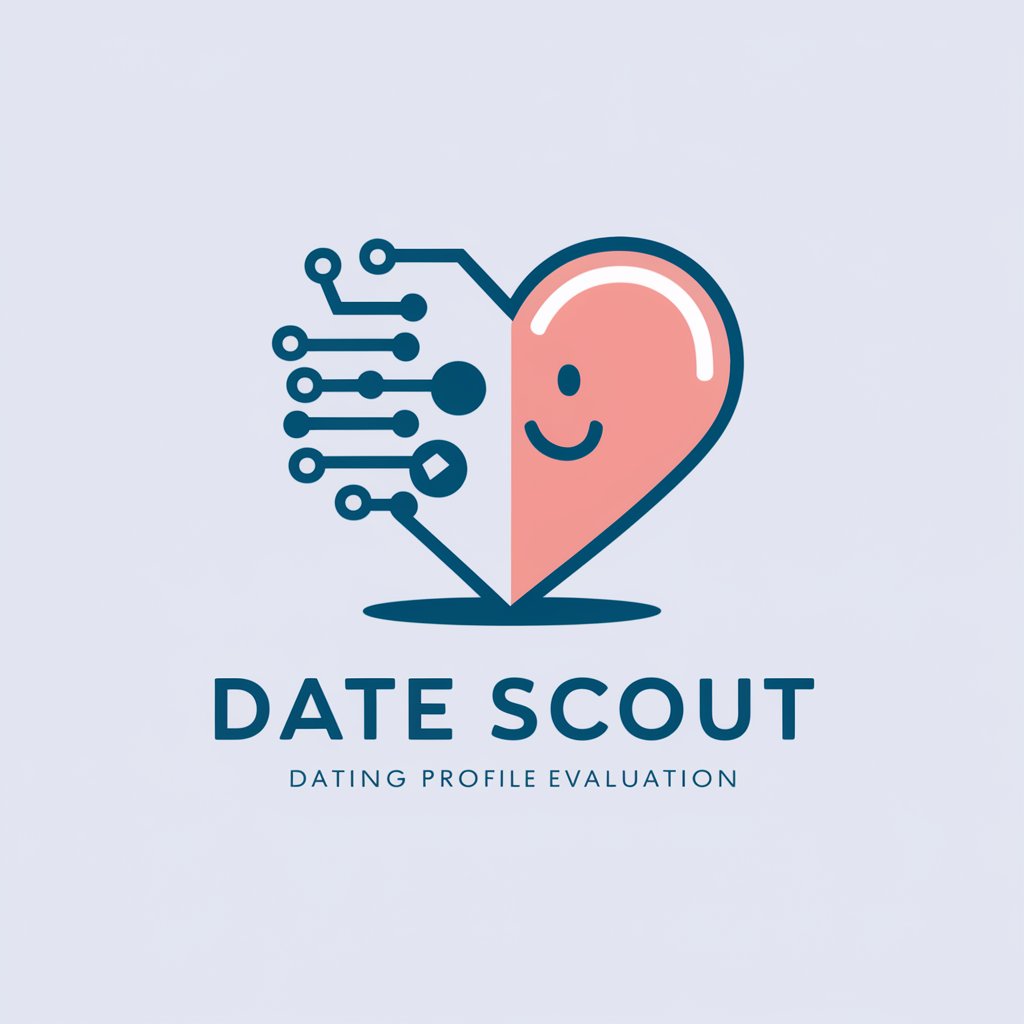
Help Center
Empowering support with AI
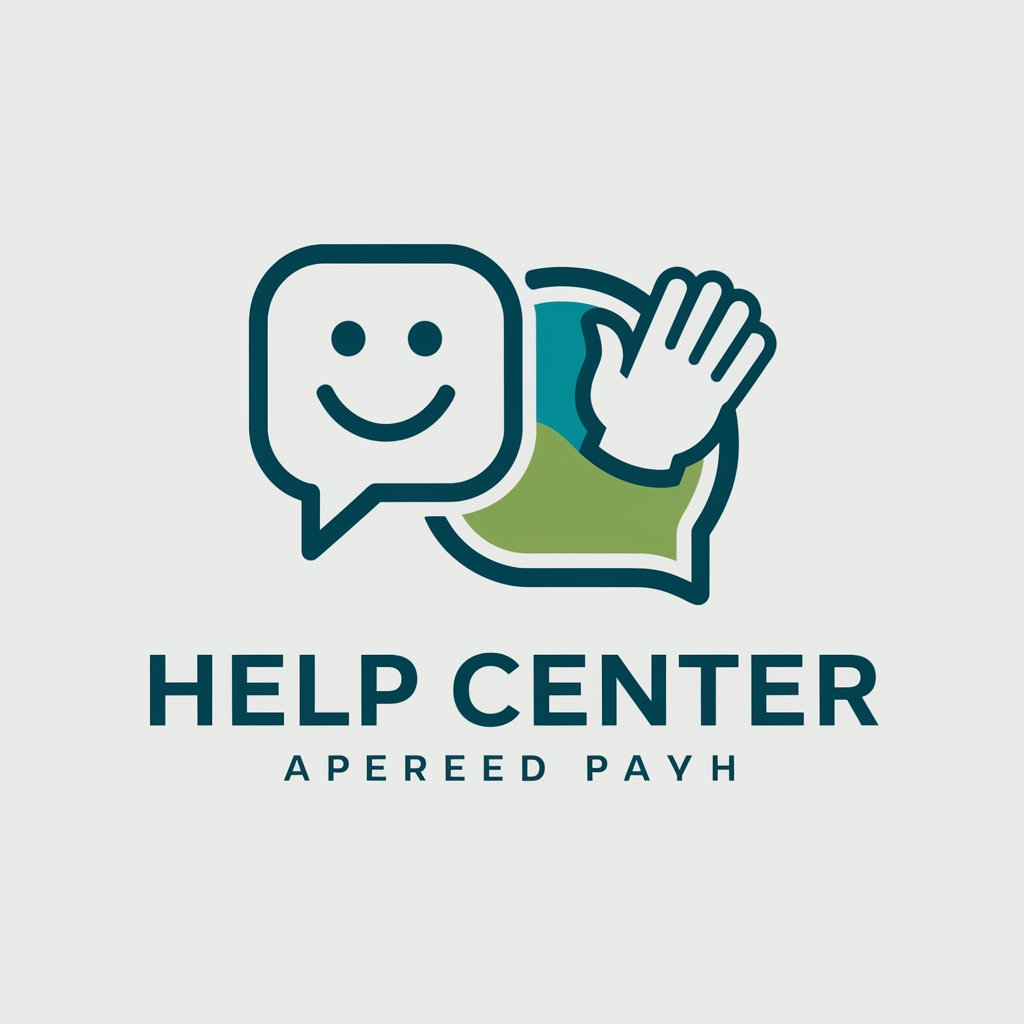
SEO Scribe
Elevating Content with AI Insights
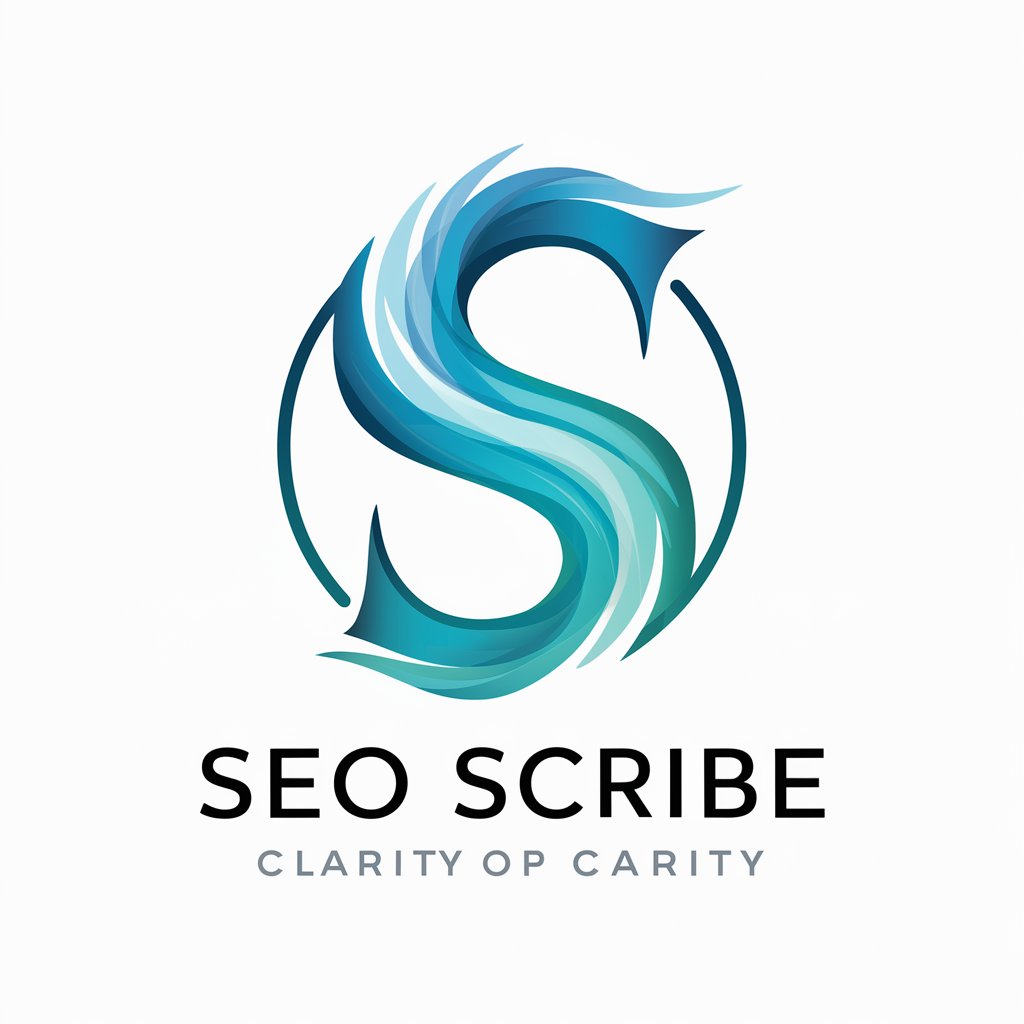
FamilyGPT
Empowering parents with AI-driven guidance.

JokeGPT
Bringing AI to the Art of Comedy
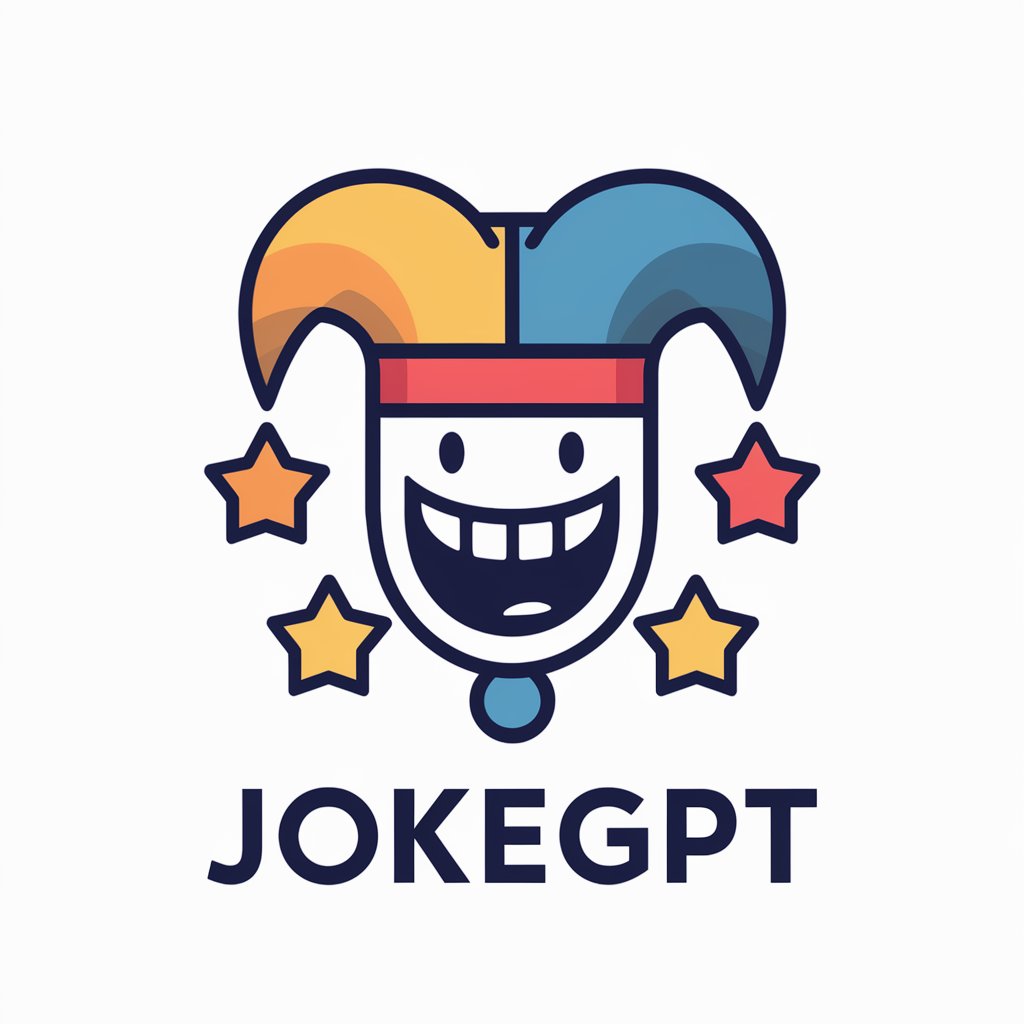
Promp Builder
Craft smarter AI prompts effortlessly

Article Rewriter
Revolutionize Your Text with AI

De Koppenklopper
Craft Engaging Headlines with AI

Web Dev Geo
Empowering Digital Success with AI
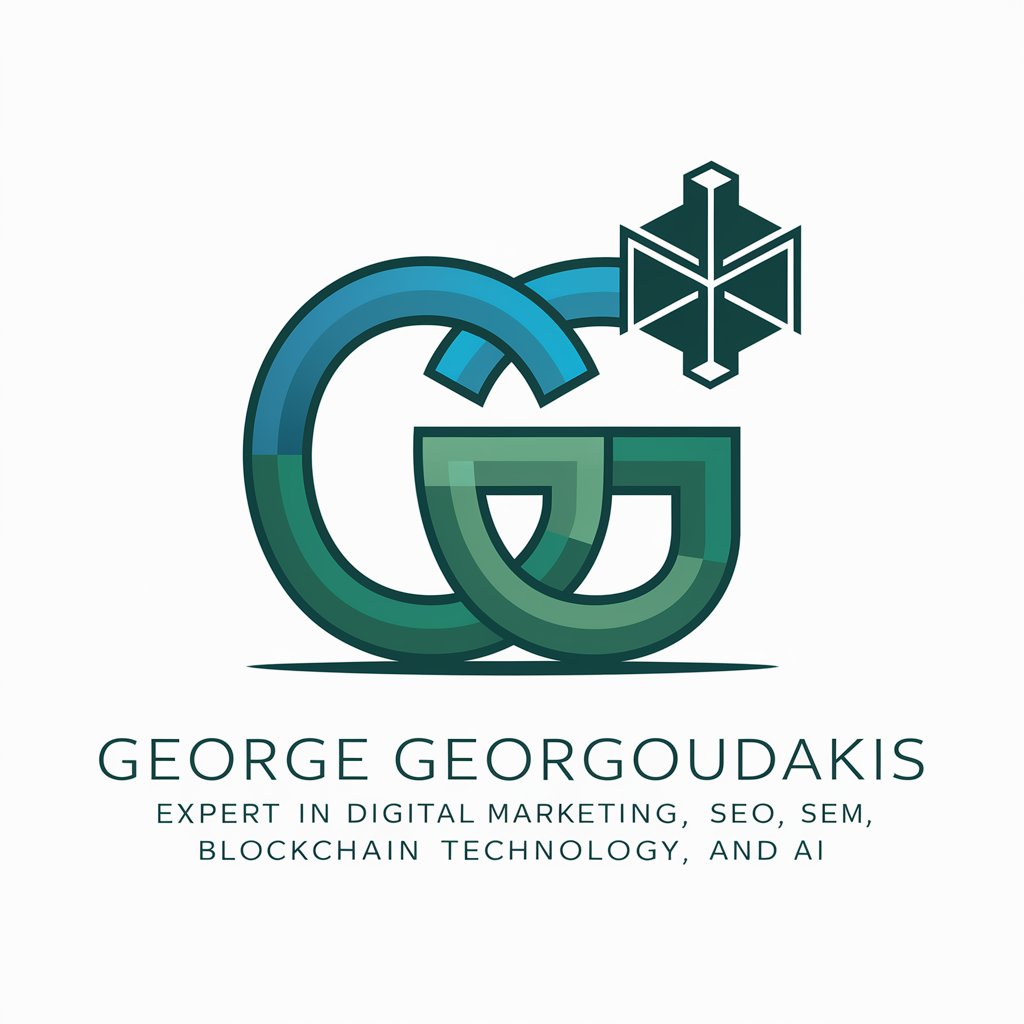
Artistic Python
AI-Powered Artistic Creativity Unleashed

Python Engineer
Streamline Your Python Coding with AI
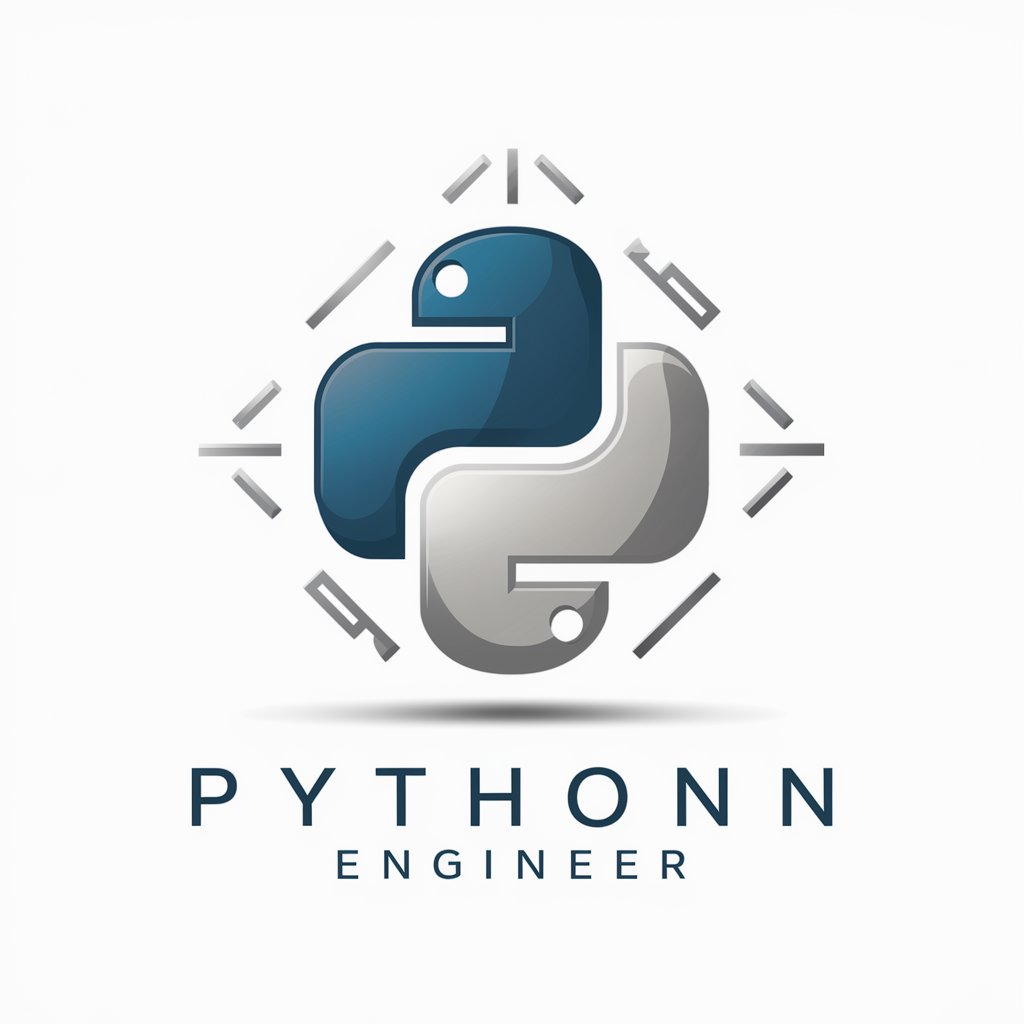
Genome Guide Q&A
What genetic databases does Genome Guide integrate with?
Genome Guide utilizes databases like ClinVar, Leiden LOVD, OMIM, and PanelApp to provide comprehensive genetic variant analysis.
How does Genome Guide help in identifying the pathogenicity of variants?
It compares genetic variants against known databases, applying ACMG guidelines to classify variants based on their potential pathogenicity or benign nature.
Can Genome Guide provide a diagnosis for genetic conditions?
While it offers in-depth analysis of genetic data, Genome Guide does not provide medical diagnoses. It aids in understanding genetic variations and their potential implications.
Is Genome Guide suitable for academic research?
Yes, it's designed for molecular geneticists and researchers, providing detailed analysis that can support academic studies and publications on rare genetic diseases.
How can users ensure they are using Genome Guide effectively?
By providing accurate genetic data, utilizing the recommended databases and tools for comparison, and consulting the additional resources and references for comprehensive insights.
